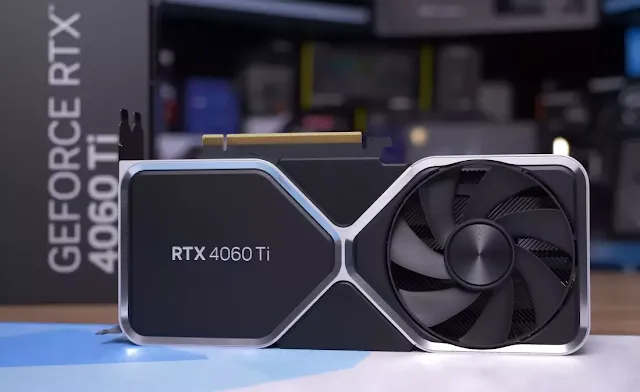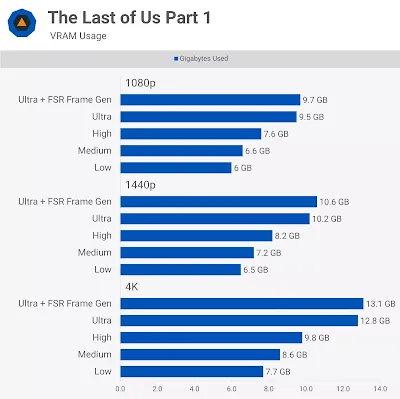How Much VRAM is Enough for PC Gaming?
Testing GPUs and VRAM Capacity: 8GB, 12GB, 16GB, 24GB
Graphics card memory, or VRAM, has become a critical topic in recent years due to increasing demands from modern games. Eight years ago, the Nvidia GeForce GTX 1070 was the first mainstream GPU to feature 8GB of VRAM at a price of $450—equivalent to about $600 today when adjusted for inflation.
Fast forward to today, and for the same $600, you can get a GeForce RTX 4070 Super, which offers 12GB of VRAM. While this is an improvement, it is not a significant leap considering the advancements in gaming technology and the years that have passed between GPU generations. The situation is even more striking with mid-range GPUs like the RTX 4060 Ti, initially released at $400 for the 8GB model. Later, a 16GB version was introduced at $500 but struggled with poor sales, leading to a price cut to $450.
The differences between the 8GB and 16GB versions of the RTX 4060 Ti highlight that 8GB of VRAM is no longer sufficient for high-end gaming. The 16GB model consistently performed better, delivering higher frame rates and a smoother overall experience.
The Impact of Running Out of VRAM
Testing VRAM capacity can be challenging because different games handle VRAM limits in various ways. Performance issues become evident in games like *Horizon Forbidden West* when comparing the 8GB and 16GB versions of the RTX 4060 Ti at 1440p on the "very high" preset. The 16GB model was up to 35% faster in certain cutscenes and offered a much smoother gaming experience overall, averaging 40% faster performance than the 8GB model.
While these tests involved sub-60 fps gaming, many players find this acceptable, especially when prioritizing graphical fidelity. Even with DLSS upscaling, the 16GB model outperformed the 8GB version, achieving an average of 73 fps compared to 49 fps—a nearly 50% improvement due to the increased VRAM capacity.
This illustrates that 8GB of VRAM isn't enough to enjoy a game at its highest settings. However, dialing down the quality from 'very high' to 'high' allows for playable performance on an 8GB card. For competitive multiplayer games where maximizing frame rate is key, VRAM capacity is less of an issue, as these games typically require less VRAM.
VRAM Management in Modern Games
In visually stunning single-player games or multiplayer titles with high graphical settings, running out of VRAM can lead to performance drops, inconsistent frame times, and missing textures. Games manage memory usage differently; some may reduce quality settings or remove textures to cope with limited VRAM.
*Halo Infinite* and *Forspoken* are examples where insufficient VRAM leads to reduced texture quality and object detail. Initially, *Forspoken* struggled with missing textures, but now it dynamically loads textures based on visibility, causing texture pop-in and cycling issues, similar to what is seen in *Hogwarts Legacy*.
To better understand VRAM requirements, we conducted tests on how much VRAM modern games actually use, rather than just allocate, across various resolutions and quality settings. This extensive testing involves resetting games between each quality setting change and playing for at least 10 minutes to accurately measure VRAM usage.
Now Showing Graphics Usage Of Different Games:
Hoqwards Legacy























0 Comments
Let Me Know What You Think ?